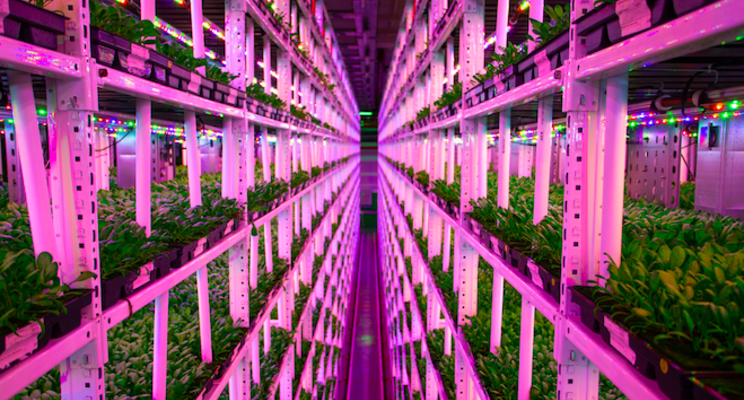Indoor vertical farm in crowded megacity
Added on 23 November 2021

I had the opportunity to have a close look at Japan's agricultural activities in 2006. There I saw an organization called Pasona-II create hydroponic farming management, 30 feet below the ground level, with LED lighting, air and controlled temperature as an alternative farming practice for retired adults. That was soilless farming. Later on, I have seen same practice of soilless farming from Europe to USA and to the Middle East. It is an invention that changed the definition of agriculture.
Recently, I visited an indoor farm, running with the same idea, in Dhaka's Mirpur area. A house in this crowded megacity has been transformed into a unique vegetable garden, following most modern approach of indoor farming. Cultivation is being done there in a controlled environment and of course in indoors. They are cultivating diverse foreign vegetables in indoor where technology, research and brain are their only resource for such tremendous development.
The vertical indoor farm is built by four young entrepreneurs at an abandoned house, known as 'Farm Imagination.' The indoor vertical farm, built with hydroponic system, produces different varieties of salad and vegetable, including lettuce, buckthorn, basil, celery, capsicum and cherry tomatoes. There are also green vegetables, being produced in layers. Specialized LED lights are being used to control lighting and heat while 95 percent less water is needed compared to the normal agriculture procedure.
Click here to read more.
Photo by Petr Magera on Unsplash
Source: The Daily Star
More news















